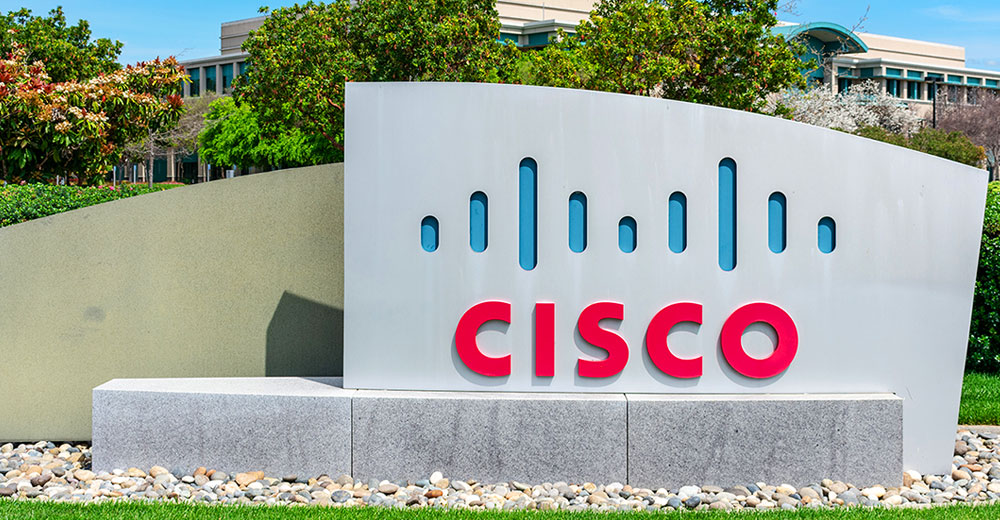Some software developers and companies are considering whether the open source movement is at a crossroads and needs to change direction.
Open-source software (OSS), which originated in the 1960s with the advent of large-scale commercial computers, came bundled with freely distributed source code.
Today, OSS is ubiquitous, thriving across all industries worldwide and even within proprietary systems. It is released under a jungle of licenses that grant users various rights to use, study, change, and distribute the software freely and allow anyone to review source code.
However, a grassroots movement is growing partly due to frustrations with revenue and licensing concerns. Despite the success of the OSS’s five decades of growth, some software industry insiders are looking at ways to stop open-source license abuses and resolve other issues.
Open Source’s Critical Juncture
According to Ann Schlemmer, the CEO of longstanding open-source champion Percona, the OSS community is certainly justified in its frustration. She agrees that the open-source movement has arrived at a crossroads and requires much more careful, measured consideration.
“This crossroads requires the open-source community to have a serious discussion around expectations for OSS moving forward, at the individual, organizational, and movement-wide levels,” Schlemmer told TechNewsWorld.
What might replace or at least fine-tune open source? Bruce Perens, recognized as one of the founders of the open-source movement, is working on that premise. According to the free software pioneer, OSS licenses are not working anymore.
“I’ve actually always been accepting of non-open-source approaches as long as they complied with one rule: Don’t call them Open Source!” he told TechNewsWorld.
Saving, Not Destroying, Worthy Working Windfall
Perens collaborated with Monty Widenius, developer of the original open-source MySQL database, and Kai Arnaud, founder of the open-source MariaDB, on the Business Source License. His goal was to make sure it did not dilute the open source brand and to make the timed outcome of BSL software becoming real open source more clear, he offered.
Perens is one of the founders of what could come next: the Post-Open movement. He has written about what the next phase in the development of community-based software should be.
“One of my criticisms of the Creative Commons was that it meant a lot of different rules, and the only thing they had in common was the right to read. In contrast, Open Source has a clear set of rules that have held up for 26 years now, and I wanted the Business Source License to similarly mean one thing rather than be fuzzy, he explained.
What Comes Next
Schlemmer and Perens share common ground on companies ignoring or abusing open-source licensing. Perens is not giving up on open source and sees it continuing.
“What I’d like to do is meet some goals that open source hasn’t quite achieved. I seem to have agreement on that in general, as there has been surprisingly little push-back on this idea,” Perens insisted.
Similarly, Schlemmer thinks the biggest problem is co-opting the open-source title and associated language within the industry.
“Other not-so-open-source licenses are muddying the waters and causing increased confusion and uncertainty around what open source truly means,” said Schlemmer.
Perens, however, is adamant about not changing open-source licenses. He is mainly speaking for independent open-source developers whose goal is to help other people rather than run a corporate welfare program for the world’s richest companies he offered.
“Post-Open would have a different license and only one of them. Open source presently has around 100 licenses,” he noted.
Changing Times, Changing Directions
The OSS movement is in the midst of a midlife crisis, perhaps. For instance, it faces debates about how OSS principles should be applied to artificial intelligence and navigating increased regulatory scrutiny.
“This sudden wave of open-source about-faces didn’t come out of nowhere,” Schlemmer explained. “It’s not a coincidence that this is happening. A tumultuous economy — especially within the tech sector — is causing organizations to experience more immediate economic pressure to generate revenue.”
The result is forcing many open-source organizations to reconsider just how “open” they want their products to be. Not that this kind of bait-and-switch should be excused, Schlemmer offered.
“But the fact that it is happening more and more does indicate that OSS is at a crossroads, and the community will have to face some difficult questions if they hope to fight back against this trend,” she said.
Schlemmer views the move toward more restrictive licensing as overwhelming for the majority of organizations. For her, it is a direct response to increased economic pressure. The economy of the past few years has been far from stable, she remarked on the connection between free software concepts and the need to keep lights on for developers.
“As a result, many businesses have found themselves under significant pressure to generate revenue and demonstrate profitability quickly,” she observed.
Pressing Problems Summarized
In Schlemmer’s view, most of the current challenges and controversies surrounding open source can be boiled down to one thing: How do we define open source, and what are the most viable licensing models for today’s world?
“There have been some disagreement and debate around these matters for quite some time, but finding common ground is becoming both increasingly difficult and increasingly necessary as the technological and economic landscapes continue to change rapidly,” she offered.
One particularly significant and contentious example is the question of how best to implement open-source principles in the field of AI. Because AI fundamentally differs from traditional software, existing open-source licenses and definitions are proving inadequate in the context of AI.
“However, given the immense significance and potential of AI, it is imperative that the open-source community address these questions and come to a consensus around a new standard and/or type of license,” urged Schlemmer.
Making Changes May Fuel Unintended Consequences
Schlemmer sees a variety of support issues flaring up if open-source business practices shift gears. She thinks reactions will vary quite a bit depending on things like company size, budget, and in-house talent.
“Reactions will also vary based on the company’s primary motivations for adopting open-source software in the first place,” she suggested.
For businesses that look to open source solely as a cost-saving mechanism, that could mean increased hesitancy and more careful consideration of all their options, including proprietary ones, before adopting open-source solutions, said Schlemmer.
However, the “free” aspect of OSS is far from the only reason organizations might opt for open source. Those who select open-source software for other reasons — such as ease of integration or access to community support — will be much less likely to translate their frustration into action.
“With these key value propositions not on offer elsewhere, it will be hard for these types of organizations to “vote with their feet,” she added.
With Post-Open, Paying Matters
According to Perens, the interesting thing is that Post-Open is supposed to get developers paid. It’s not instant, though.
“At this point, I am mostly talking with companies about funding. We need about US$200,000 right away, half for me to work on the policy and processes, and half to pay a lawyer to produce three documents and give some advice on the policy and processes,” he explained.
Entities that collect over $5 million in end-user revenue and those that wish to use the Post-Open software in sold products would be active in the money-making process — as would companies wanting to make proprietary modifications to the Post-Open software.
They would all be required to audit and report on their Post-Open software use annually and pay us a small amount of their end-user revenue, 1% or less, he explained.
“This is a lot easier than open source compliance today — and cheaper! Big companies spend $7 million per year on compliance,” Perens observed.
Prospects for Post-Open Success
If Post-Open gets up and running, it will take at least a year before companies report on its use and revenue starts flowing. Perens plans to provide support en masse for the whole Post-Open collection.
“The support folks would work with the customer, and the open-source developers would maintain their projects without having to deal with the end-user, which I think a lot of them would be happy with,” Perens predicted.
Open-source developers also have the option of dual-licensing with Post-Open. If they do, the Post-Open customers start paying them as part of the Post-Open instead of using the open-source license, noted Perens.
“That’s part of the Post-Open agreement they have. So, the developers start making money,” he concluded.























































solution to address licensing and funding challenges. Open-source software has thrived for decades, but recent discussions highlight the need for new approaches to ensure sustainability and fair compensation for developers. Bruce Perens and his collaborators are advocating for the Post-Open model, which aims to address these issues by offering a more streamlined and financially viable alternative to traditional open-source licenses. This shift could significantly impact how developers are funded and how software is licensed in the future.